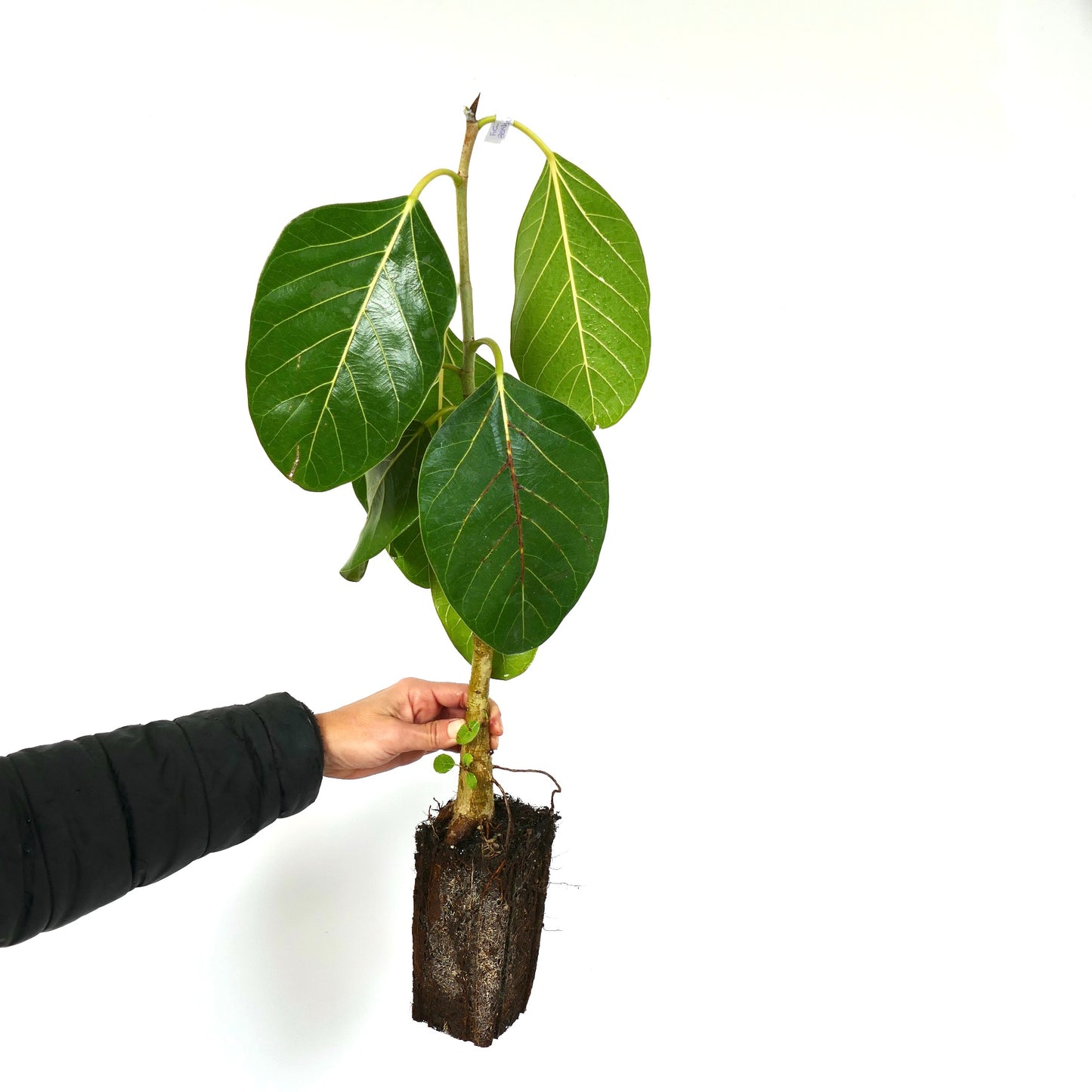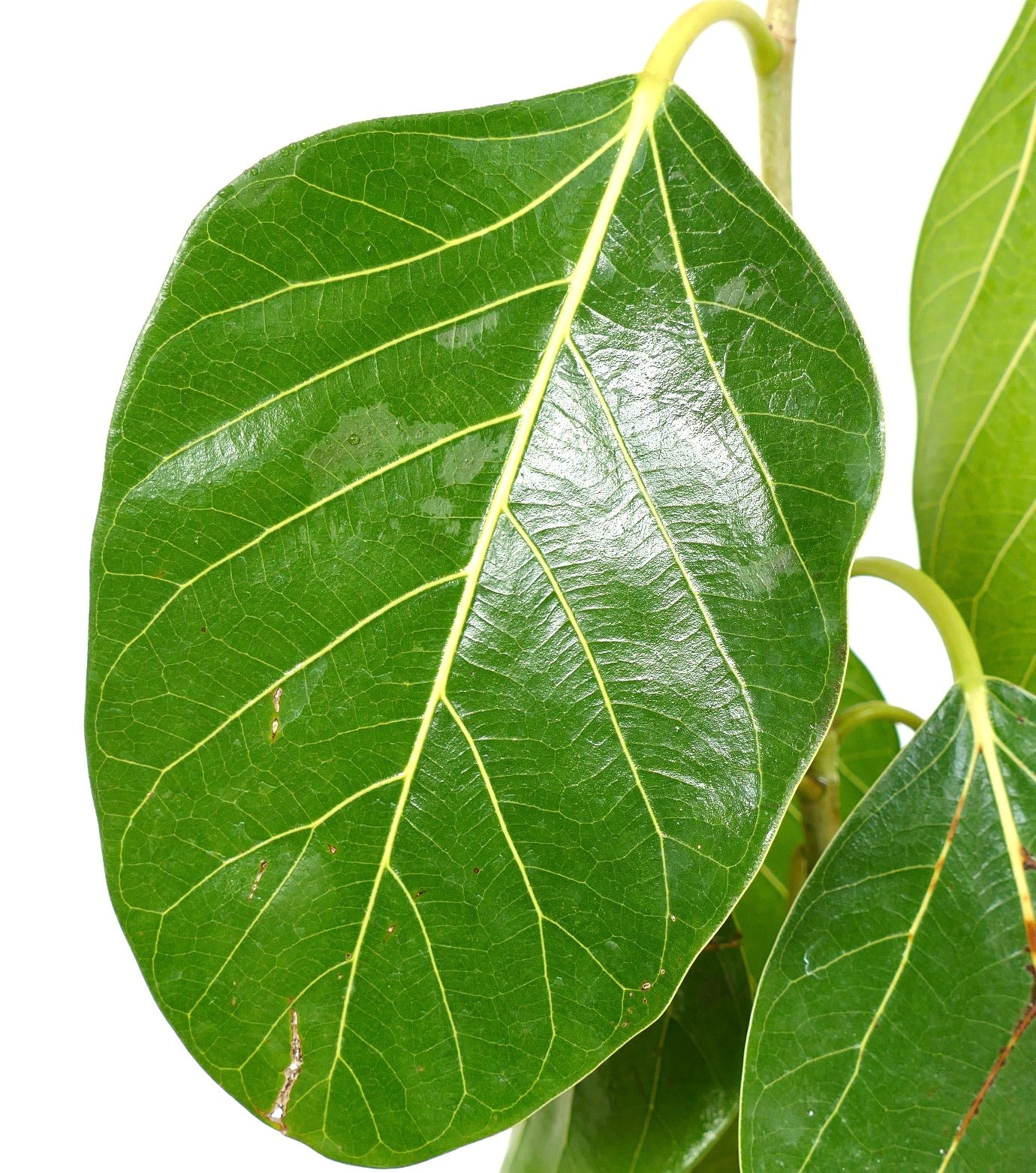- Catalogue Plants
Ficus bengalensis
Ficus bengalensis
Couldn't load pickup availability
Plant Description
Ficus bengalensis, commonly known as the banyan tree or Indian banyan, is a massive, long-living tree native to India and the surrounding tropical regions. It is known for its unique growth habit, with aerial roots that grow down from its branches and root into the ground, forming new trunks. This creates a vast, interconnected canopy supported by multiple trunks, often spanning wide areas. Its large, leathery dark green leaves provide dense shade, while its smooth, grey bark adds to its majestic presence. Ficus bengalensis holds cultural and ecological significance, providing habitat and shade for wildlife and humans alike.
IMPORTANT: Pictures show an example plant in the size 15-30 not for sale: be aware that you will receive a plant in dimension indicated in description.
Disclaimer: Please keep on mind that the plant may have grown since pictured. Also be aware that most plants change across seasons. If present foliage could have been fallen or change in its color.
Botanical family: Moraceae
Botanical genus: Ficus
Botanical species: Ficus bengalensis
SKU:BA-1283-S-1
Cultivation
Cultivation
Additional information
Additional information
Plant Height:
Plant Diameter:
Picture Taken on:
Pot Size:
Grafted/Not Grafted: Not Grafted




